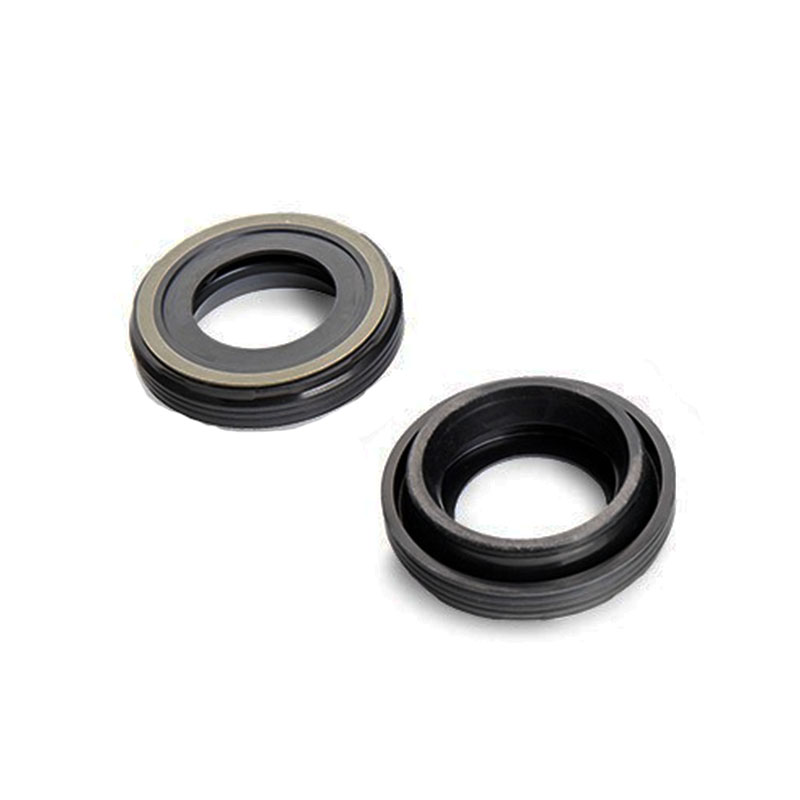How to choose the right gasket for your oil pan screw installation and maintenance needs
Understanding Oil Pan Screw Gaskets Importance and Functionality
In automotive engineering, the oil pan plays a crucial role in the overall health and functionality of an internal combustion engine. As the reservoir for engine oil, it ensures that the engine components remain lubricated, reducing friction and promoting efficient operation. However, to keep this oil contained and functioning optimally, an essential component is the oil pan screw gasket. This article will delve into the significance, types, and maintenance of oil pan screw gaskets, highlighting their essential role in vehicle longevity.
What is an Oil Pan Screw Gasket?
An oil pan screw gasket is a sealing component placed between the oil pan and the engine block. Its primary purpose is to prevent engine oil from leaking out of the pan and also to keep dirt, debris, and other contaminants from entering the oil system. Typically made of materials such as rubber, cork, or silicone, these gaskets are designed to withstand high temperatures and pressures commonly found in an engine.
Importance of Oil Pan Screw Gaskets
1. Leak Prevention One of the most critical functions of the oil pan screw gasket is to prevent leaks. Oil leaks can lead to a variety of problems, including engine overheating, reduced lubrication, and in severe cases, engine failure. A properly functioning gasket ensures that the oil remains contained within the pan, providing a steady supply to the engine components.
2. Protecting Engine Integrity By preventing oil leaks, the gasket plays a vital role in maintaining the integrity of the engine. An engine low on oil can suffer from severe damage, leading to costly repairs or a complete engine replacement. Thus, the gasket is not just a simple seal; it is a protector of the engine's overall health.
3. Efficiency A well-maintained oil pan screw gasket can contribute to the efficiency of the engine. Leaks can cause the engine to work harder, burning more fuel and reducing overall fuel efficiency. By ensuring a proper seal, the gasket helps maintain optimal performance.
Types of Oil Pan Screw Gaskets
oil pan screw gasket

There are various types of oil pan screw gaskets available in the market, each designed for specific applications
1. Rubber Gaskets These are the most common type, providing flexibility and durability. Rubber gaskets can handle temperature fluctuations and are less prone to cracking and hardening over time.
2. Cork Gaskets Traditionally used in older vehicles, cork gaskets provide good sealing properties but may degrade faster than their rubber counterparts. They are often used in classic cars and vintage engines.
3. Silicone Gaskets With excellent heat resistance and durability, silicone gaskets are becoming more common in modern engines. They can withstand extreme temperatures and pressures, making them suitable for high-performance applications.
Maintenance and Replacement
Maintaining the oil pan screw gasket involves regular inspection, especially during oil changes or routine maintenance. Signs of a failing gasket include oil spots under the vehicle, a burning oil smell, or a drop in oil levels without visible leaks. If any of these signs are present, it may be time to replace the gasket to prevent further engine damage.
When replacing an oil pan screw gasket, it’s essential to clean the surfaces thoroughly to ensure a proper seal. Using the correct torque specifications for the bolts during installation is also crucial, as over-tightening can lead to gasket failure.
Conclusion
The oil pan screw gasket, though often overlooked, plays a significant role in the health and performance of an engine. By preventing leaks and protecting the oil system, these gaskets contribute to the longevity and efficiency of the vehicle. Regular maintenance and timely replacement of the gasket can help ensure that your engine performs optimally, saving you money on repairs and enhancing your vehicle's lifespan. Understanding the importance of this small but mighty component is essential for any vehicle owner or automotive enthusiast.
-
Understanding the Front Main Engine Seal: Purpose, Maintenance, and Installation
News Jul.29,2025
-
Understanding O-Rings and Seal Rings: Types, Applications, and Custom Solutions
News Jul.29,2025
-
Understanding Crankshaft Oil Seals: Rear Seals, Pulley Seals, and Their Role in Engine Integrity
News Jul.29,2025
-
The Importance of Front and Rear Crankshaft Seals in Engine Performance and Oil Management
News Jul.29,2025
-
Crank Oil Seals: Functions, Types, and Cost Considerations in Engine Maintenance
News Jul.29,2025
-
A Comprehensive Guide to O-Rings and Seals: Types, Materials, and Global Applications
News Jul.29,2025
-
Mastering Diesel and Performance Engine Maintenance: A Guide to Critical Oil Gaskets
News Jul.28,2025
Products categories















